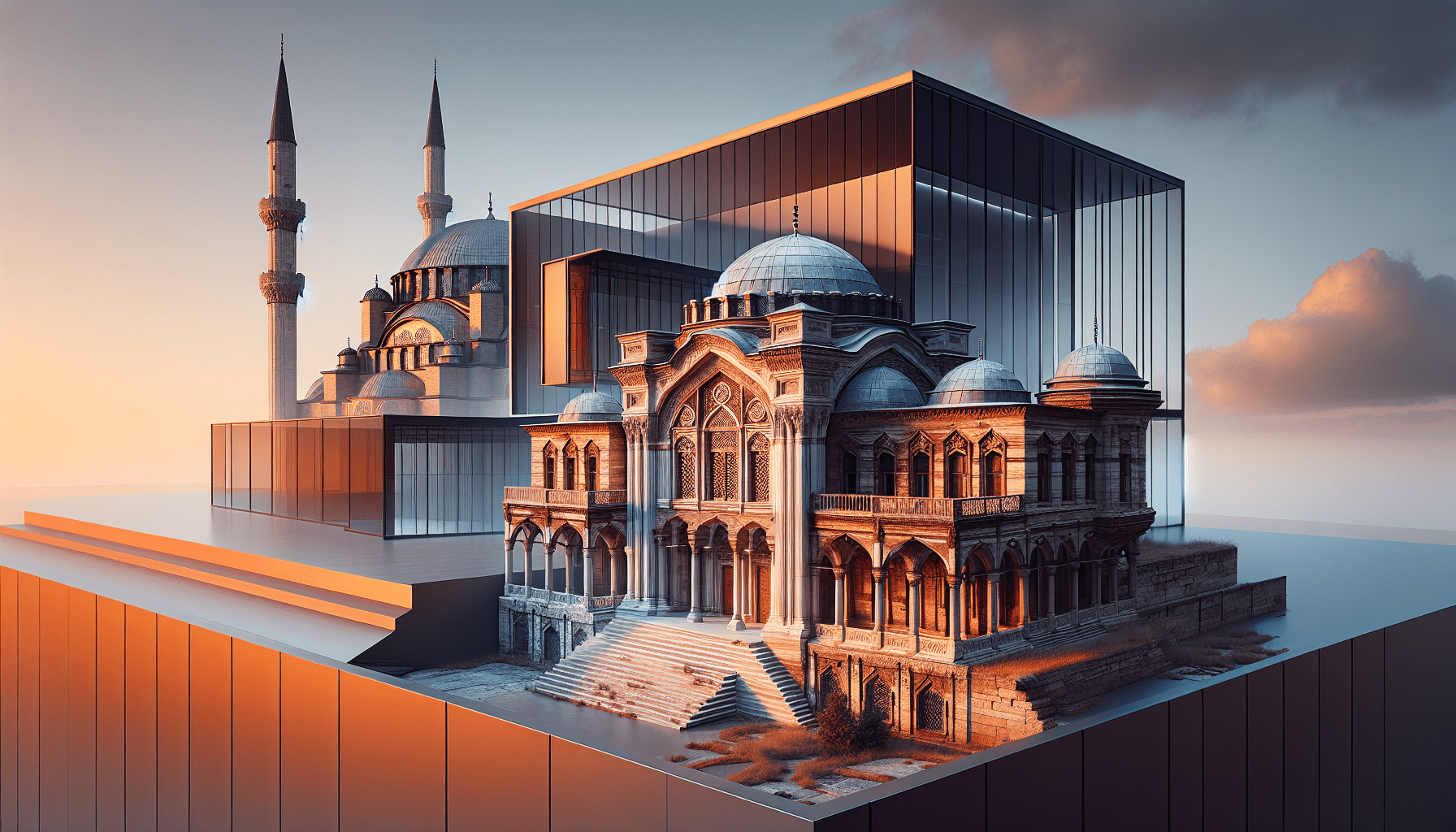Welcome to a fascinating journey exploring the concept of Turkish modernity through architecture. Discover how Turkey’s rich history and cultural influences have shaped the breathtaking architectural wonders that stand as symbols of modernity in the country. From the sleek lines of contemporary skyscrapers to the intricate details of historic mosques, each architectural marvel tells a story of Turkey’s unique blend of tradition and innovation. Join us as we delve into the intersection of tradition and modernity in Turkish architecture and uncover the beauty and complexity that defines Turkish modernity.

